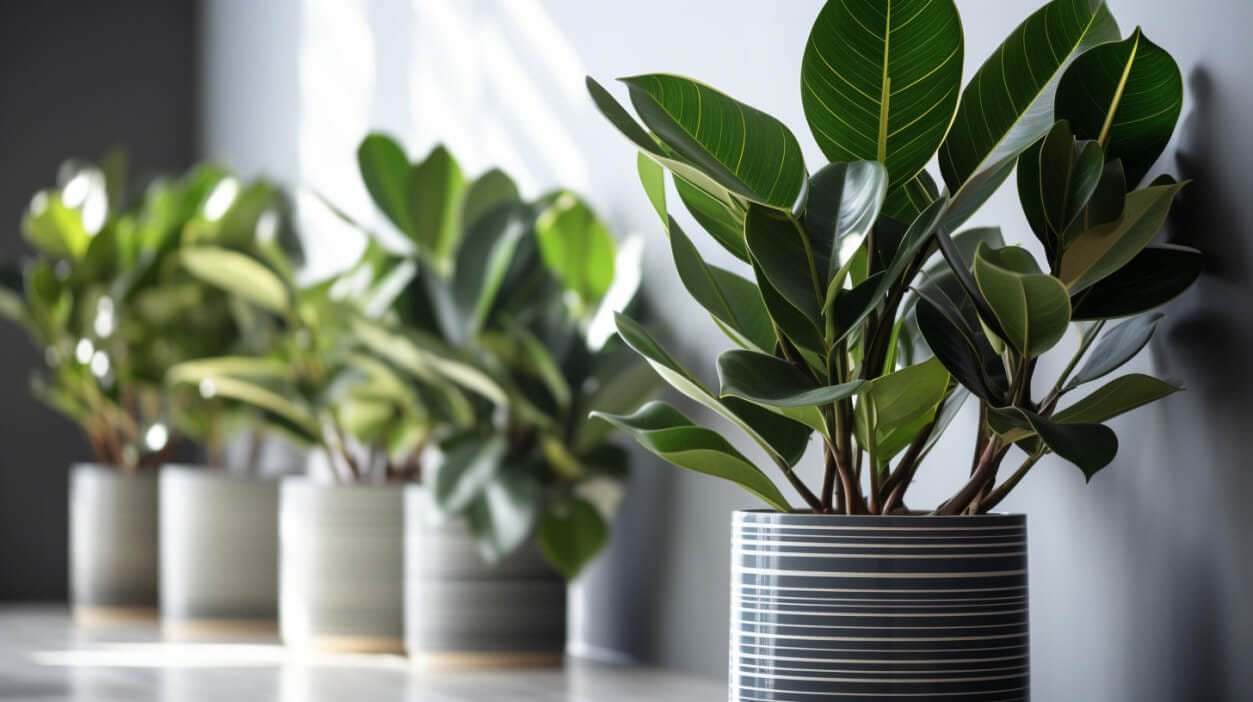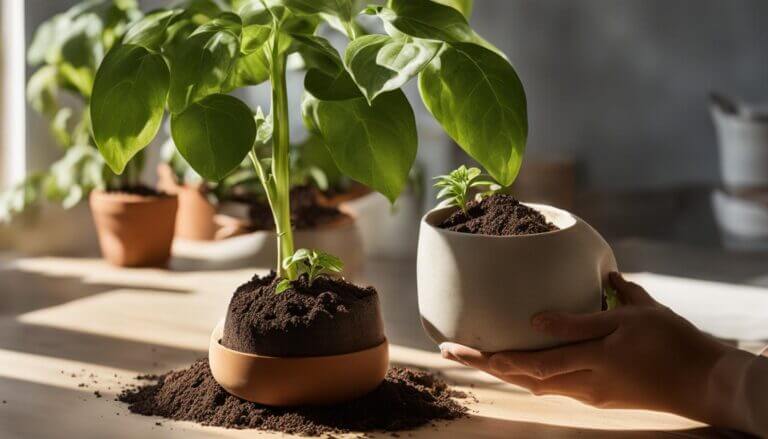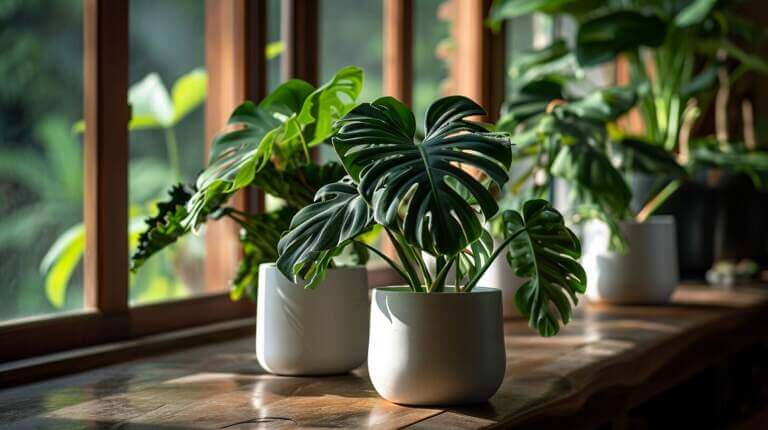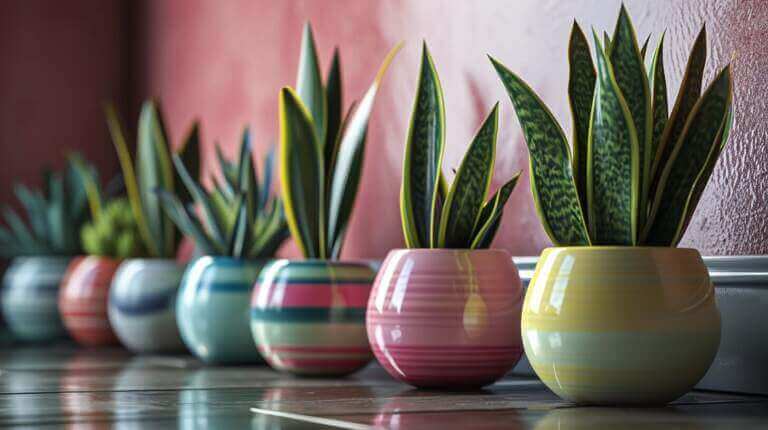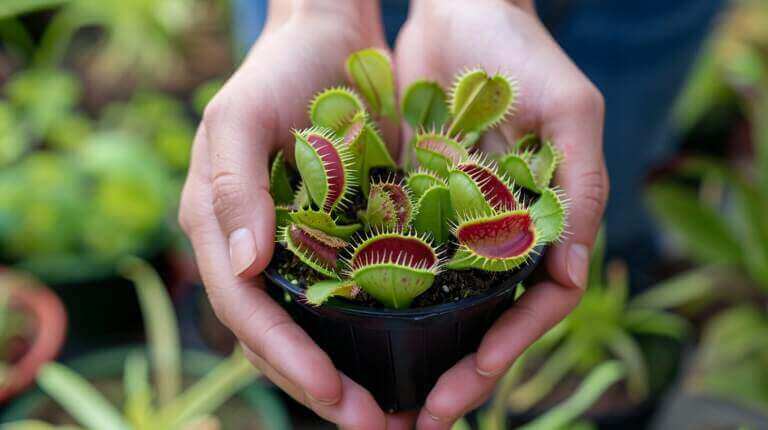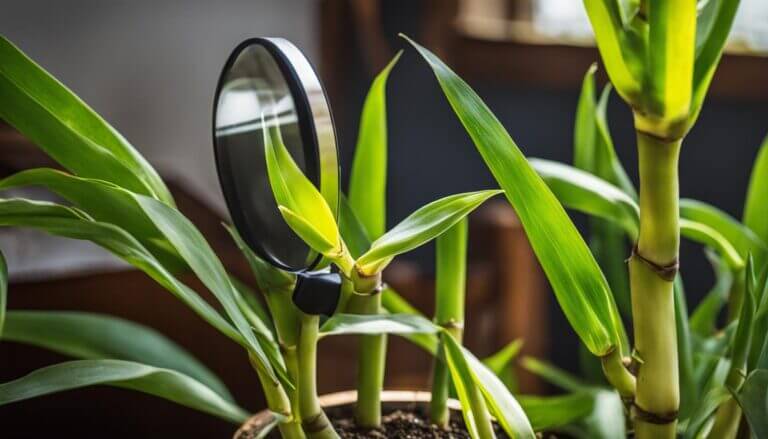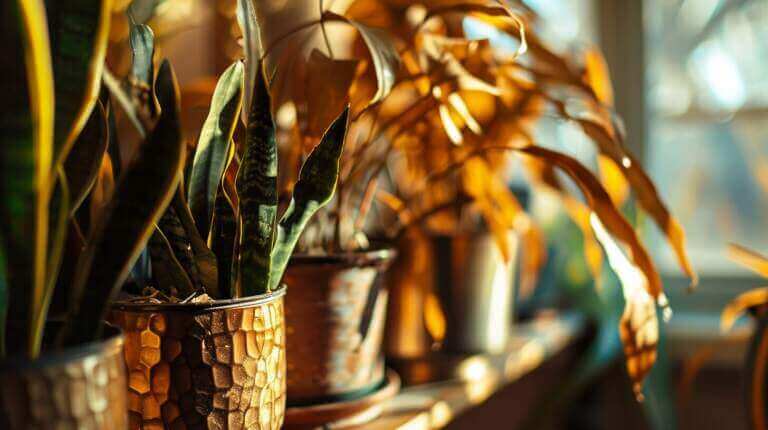Rubber Plant Care: How Much Light Does a Rubber Tree Need?
Key Takeaways:
- Rubber plants are tropical plants that prefer consistent, warm temperatures between 60-80°F. Cooler temperatures can cause leaf drop.
- Rubber plants need bright, indirect light to thrive. Direct sun will scorch the leaves. Low light will cause leggy growth and leaf drop.
- Place rubber plants near an east or west facing window where they’ll get bright light for part of the day. South facing light may be too intense unless filtered.
Rubber Tree Plants Lighting Requirements
Ideal amount of sunlight for Rubber Plants
When it comes to providing sufficient light for your Rubber Plant to thrive, it’s all about finding the right balance. As an avid plant lover, I have found that Rubber Plants do best with bright, indirect light. They love a spot near a north or east-facing window where they can receive gentle morning or afternoon sunlight. Avoid placing them in direct sunlight as it can scorch the leaves and cause damage.
Rubber Plants are native to tropical regions and their natural habitat is under the canopy of larger trees. This means they are adapted to receiving filtered light rather than intense, direct sun. By replicating this environment in your home or office, you can create the perfect conditions for your Rubber Plant to flourish.
The role of indirect light in promoting growth
Indirect light is key to the growth and overall health of your Rubber Plant. It provides the plant with the energy it needs for photosynthesis, which is essential for producing food and maintaining strong, lush leaves. It also helps to prevent leaf burn and protects the plant from excessive heat.
One of the benefits of indirect light is that it can be easily controlled. You can use sheer curtains or blinds to filter the sunlight and create a more diffused lighting environment for your Rubber Plant. This allows the plant to receive the right amount of light without being exposed to direct rays that can be harmful.
Remember that every plant is unique, and the lighting needs of your Rubber Plant may vary depending on its individual characteristics and the specific conditions in your home. When in doubt, observe your plant closely and adjust the lighting accordingly to ensure it remains healthy and happy.
By providing your Rubber Plant with the ideal amount of indirect light, you are setting it up for success. With proper lighting, your Rubber Plant will develop vibrant, glossy leaves and continue to thrive in its new environment.
Signs of Insufficient Light
As a proud rubber plant owner, one of the most important factors for its growth and thriving is providing it with adequate light. Without enough light, my rubber plant may start showing signs that it is not receiving the optimum conditions it requires for optimal growth and health.
How to identify fading leaves as a sign of low light
When the leaves of my rubber plant start to fade or appear dull, it is a clear indication that it is not getting enough light. The vibrant green color that is characteristic of a healthy rubber plant begins to fade, and the leaves may even become more pale or yellowish. This is because the plant isn’t able to carry out photosynthesis effectively without sufficient light, which is essential for producing energy and nutrients.
Common issues faced by Rubber Plants in low light conditions
In addition to fading leaves, there are other issues that my rubber plant may face if it doesn’t receive enough light. Some common problems include:
- Stretched or leggy growth: In an attempt to reach for light, the plant may grow taller and become leggy. This can lead to weak stems and an overall unattractive appearance.
- Reduced foliage: Insufficient light can cause the leaves to become smaller in size and fewer in quantity. This can impact the plant’s ability to photosynthesize and produce energy.
- Poor overall growth: Without enough light, my rubber plant may struggle to grow and develop properly. It may become stunted and fail to reach its full potential.
To ensure the well-being of my rubber plant, I make sure to place it in a bright area where it can receive indirect, bright light. I also rotate the plant periodically to ensure all leaves receive equal exposure to light. With the right amount of light, my rubber plant will thrive and reward me with its lush and vibrant foliage.
Best Practices for Providing Light to Rubber Houseplant
Tips for placing Rubber Plants near windows
As a proud owner of a Rubber Plant, I understand the importance of providing the right amount of light for its growth and overall health. Here are some tips that have helped me ensure my Rubber Plant thrives in the perfect lighting conditions.
First and foremost, it’s important to place your Rubber Plant near a window where it can receive bright, indirect sunlight. These plants love bright light, but direct sunlight can scorch their leaves. Therefore, it’s best to avoid placing them in direct afternoon sun, especially during the peak hours of the day.
If you have a south or west-facing window, you may need to use sheer curtains or blinds to filter the intense sunlight. This will help diffuse the light and prevent the leaves from getting burned. However, make sure not to completely block the sunlight, as Rubber Plants still need a good amount of light to thrive.
Another important consideration is to rotate your Rubber Plant periodically. Since most windows provide light from one direction, rotating the plant every few weeks will ensure that all sides receive equal exposure to sunlight. This will help prevent the plant from leaning towards the light source and promote even growth.
Using sheer curtains to diffuse harsh sunlight
If you find that the sunlight coming through your window is too intense, you can use sheer curtains to filter the light. Sheer curtains will soften the sunlight, creating a more diffused and gentle lighting environment for your Rubber Plant.
By diffusing harsh sunlight, you can protect your Rubber Plant from leaf burn and maintain its vibrant green foliage. These sheer curtains are readily available and come in various colors and styles to match your decor.
Remember, each Rubber Plant is unique, and lighting requirements may vary slightly depending on the specific species and environmental conditions. Keep an eye on your plant’s response to the light it receives and adjust accordingly.
Additional Factors Affecting Rubber Plant growth
Other factors beyond light that contribute to plant health
As a proud owner of a Rubber Plant, you may be wondering how much light this beautiful foliage-loving plant needs to thrive. Well, I’m here to shed some light on the subject!
While it’s true that the Rubber Plant, scientifically known as Ficus elastica, is a lover of bright, indirect light, there are a few other factors that contribute to its overall health and growth. Let’s take a closer look at these factors:
- Temperature and Humidity: Rubber Plants thrive in warm, tropical environments. It’s important to keep your plant in an indoor space where the temperature ranges between 60-85°F (15-29°C). Additionally, maintaining a humidity level between 50-60% can greatly benefit the overall health of your plant.
- Watering: Finding the right balance in watering is key to keeping your Rubber Plant happy. Overwatering can lead to root rot, while underwatering can cause the leaves to dry out. Aim to water your plant when the top inch of soil feels dry, ensuring proper drainage to prevent waterlogging.
- Soil and Fertilization: Rubber Plants prefer well-draining soil that is rich in organic matter. A mixture of peat moss, perlite, and potting soil can provide the ideal growing conditions. Fertilize your Rubber Plant every 2-4 weeks during the growing season with a balanced, water-soluble fertilizer to promote healthy growth.
- Pruning and Maintenance: Regular pruning helps maintain the shape and size of your Rubber Plant. It’s important to remove any dead or yellowing leaves to prevent the spread of diseases and pests. Additionally, wiping the leaves with a damp cloth can help remove dust and keep them looking vibrant.
The importance of finding the right balance in care
Finding the perfect balance in caring for your Rubber Plant is essential to its growth and well-being. While light is indeed important, paying attention to factors like temperature, humidity, watering, soil, fertilization, pruning, and maintenance can ensure a thriving and beautiful Rubber Plant in your living space.
FAQ
How can I tell if my rubber tree needs more light?
Here are signs that indicate your rubber tree houseplant may need more light:
- Slow growth – The plant is not putting out much new growth and leaves are growing smaller.
- Sparse foliage – Leaf density is low and the plant looks sparse with bare stems showing.
- Pale leaves – The foliage has lost its rich green color and appears light green or yellowish.
- Leaf drop – The rubber tree is dropping many leaves prematurely.
- Leaning – The plant is growing lopsided as it reaches towards light on one side.
- Few new leaves – Very few new leaves are being produced.
- Small new leaves – Any new leaves are smaller in size than older leaves.
- Flowering – Blooming can be a stress response to insufficient light.
If you notice any of these signs, try gradually moving your rubber tree to a spot with brighter. Simply place ficus plants closer to a window. Ideally keep your rubber tree closer to a south-facing window with indirect light to see if its growth and appearance improve. Watch for leaf scorching if light intensity increases too quickly. Check your rubber house plant regularly to ensure your rubber still has deep green leaves.
Can a rubber tree tolerate low light?
Yes, rubber plants can tolerate low light conditions. However, they will not grow as well and may become leggy or lose some of their vibrant foliage.
How much light does a rubber plant need to survive indoors?
Rubber plants need bright, indirect light when grown indoors. Placing them near a south-facing window with sheer where they can receive natural light each day
What should I do if my rubber plant is not getting enough light?
If your rubber plant isn’t getting enough light, try moving it closer to a light source or investing in a grow light. This will help ensure that it receives the adequate light it needs to thrive.
How often should I water and fertilize my rubber tree?
Rubber plants need to be watered when the top inch of soil feels dry. Fertilize them once a month during the growing season with a balanced houseplant fertilizer.
What can I do if the leaves of my rubber plant are turning yellow?
Yellow leaves on a rubber plant can be a sign of overwatering or underwatering. Adjust your watering routine accordingly and make sure not to let the plant sit in water.
Can I mist my rubber plant to increase humidity?
A: Mist your rubber plant occasionally to increase humidity, especially during the drier months. This can help prevent leaf drooping and maintain healthy foliage.
How do I repot a rubber plant?
A: Repot your rubber plant every few years or when it outgrows its current pot. Choose a slightly larger pot with drainage holes, use well-draining soil, and gently loosen the plant’s roots before transferring it to the new pot.

